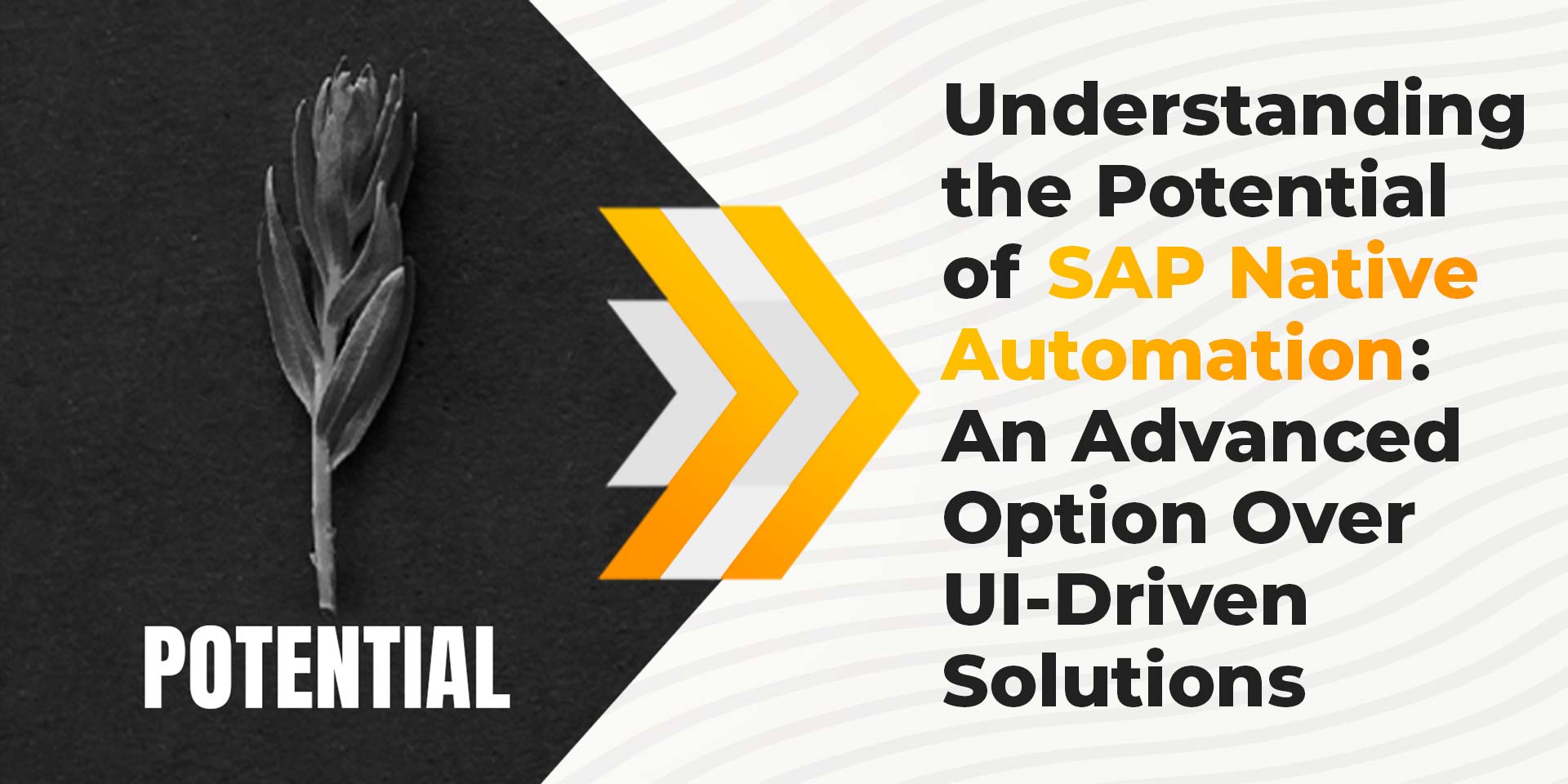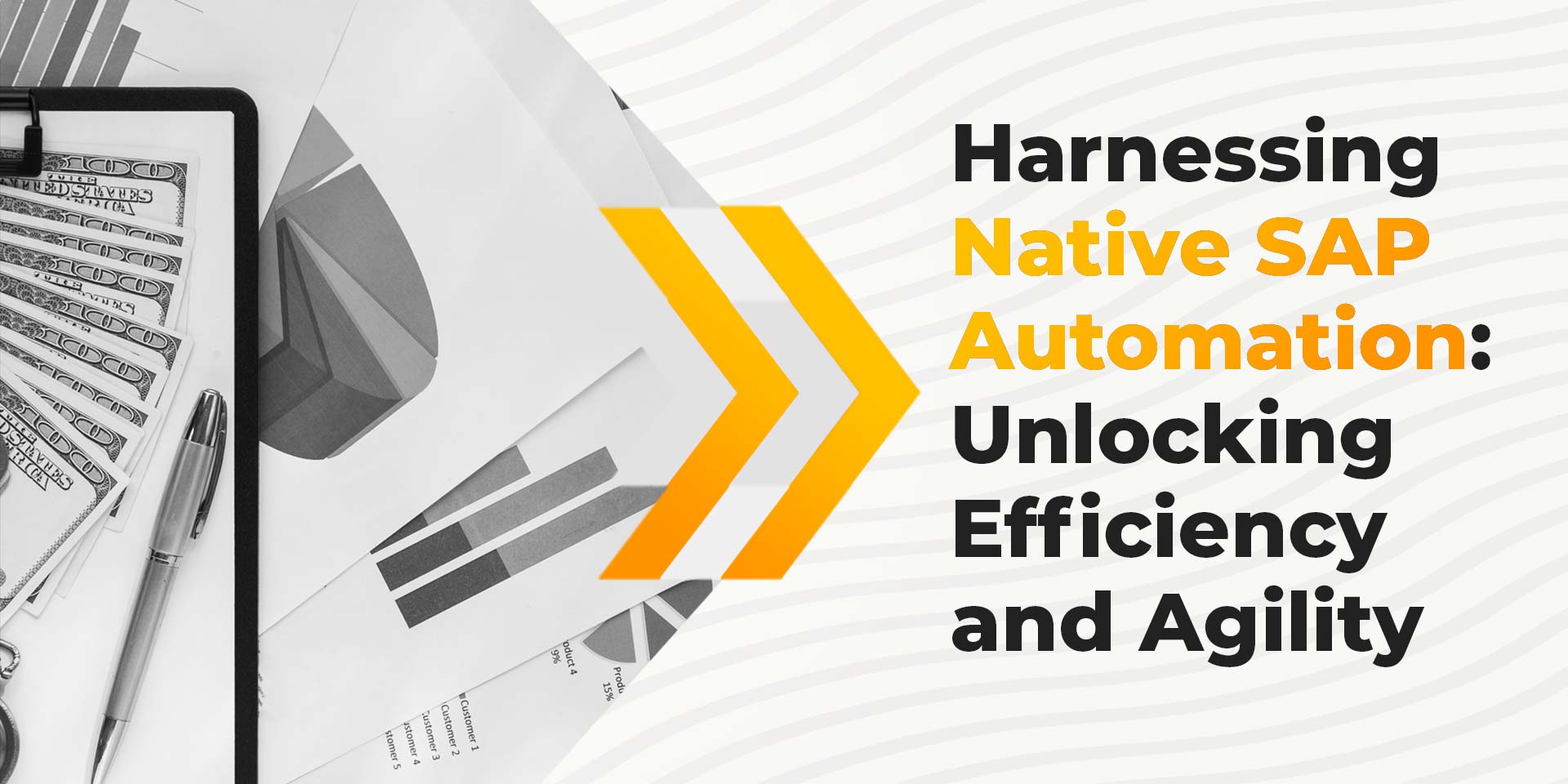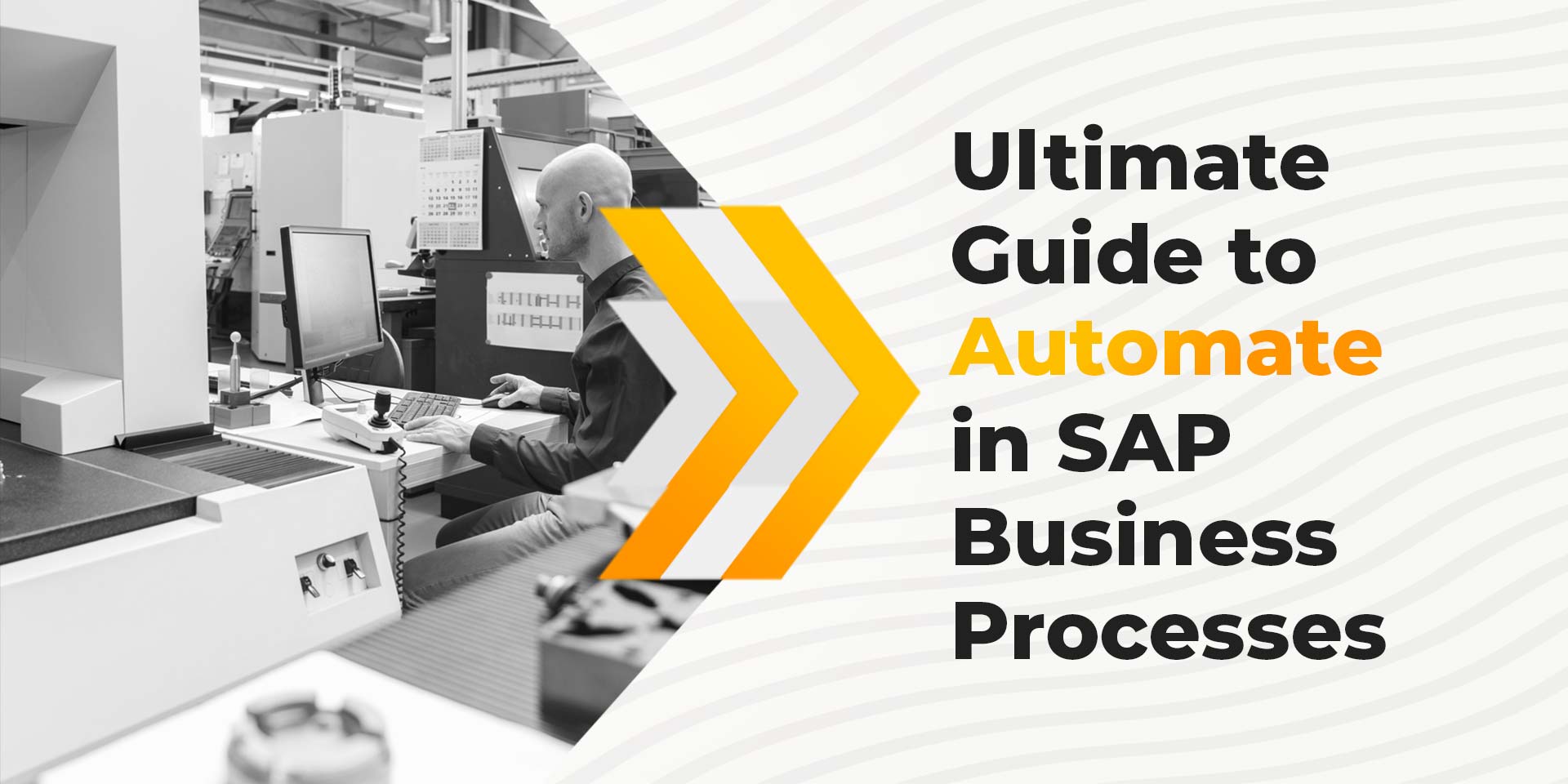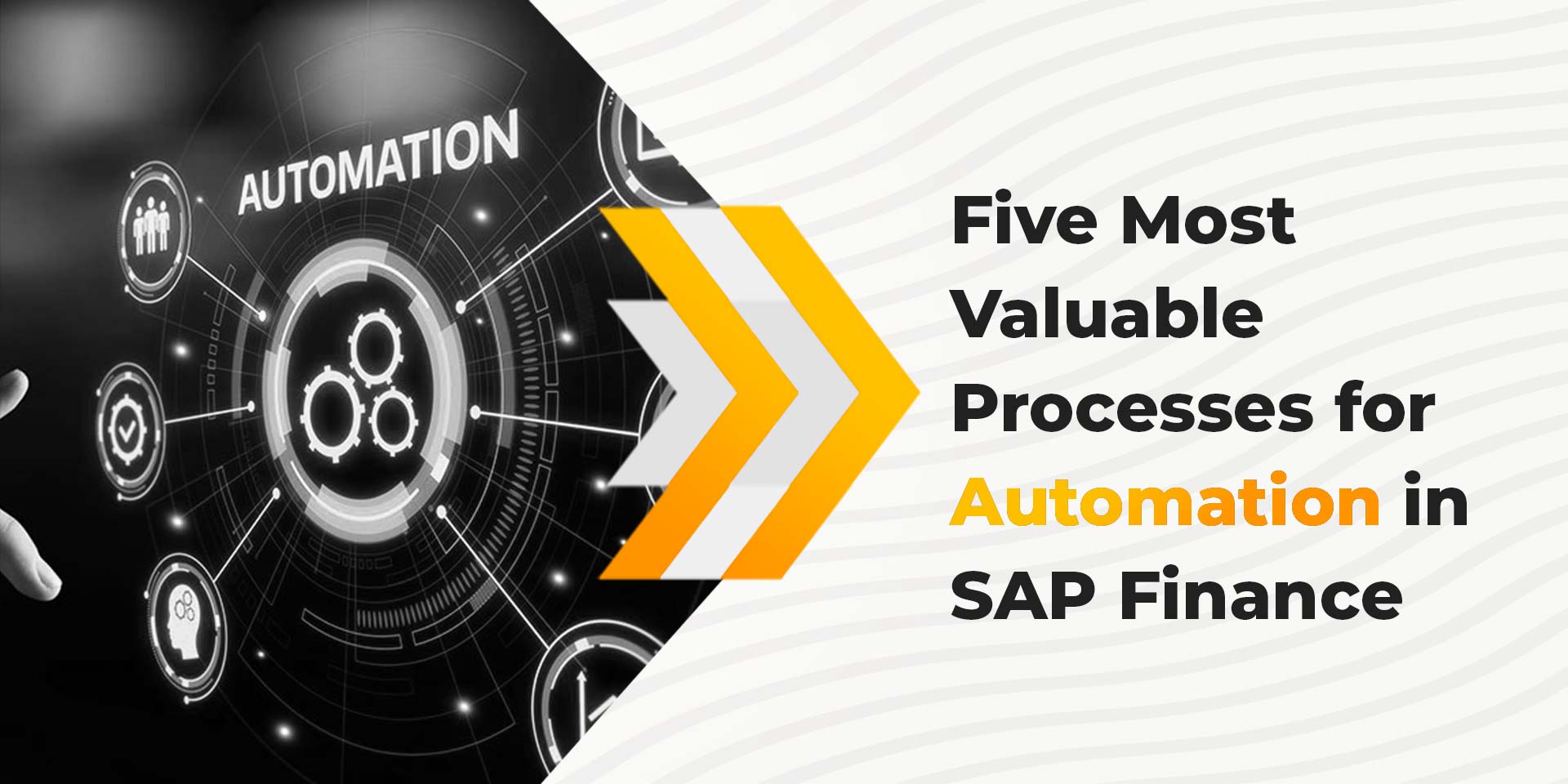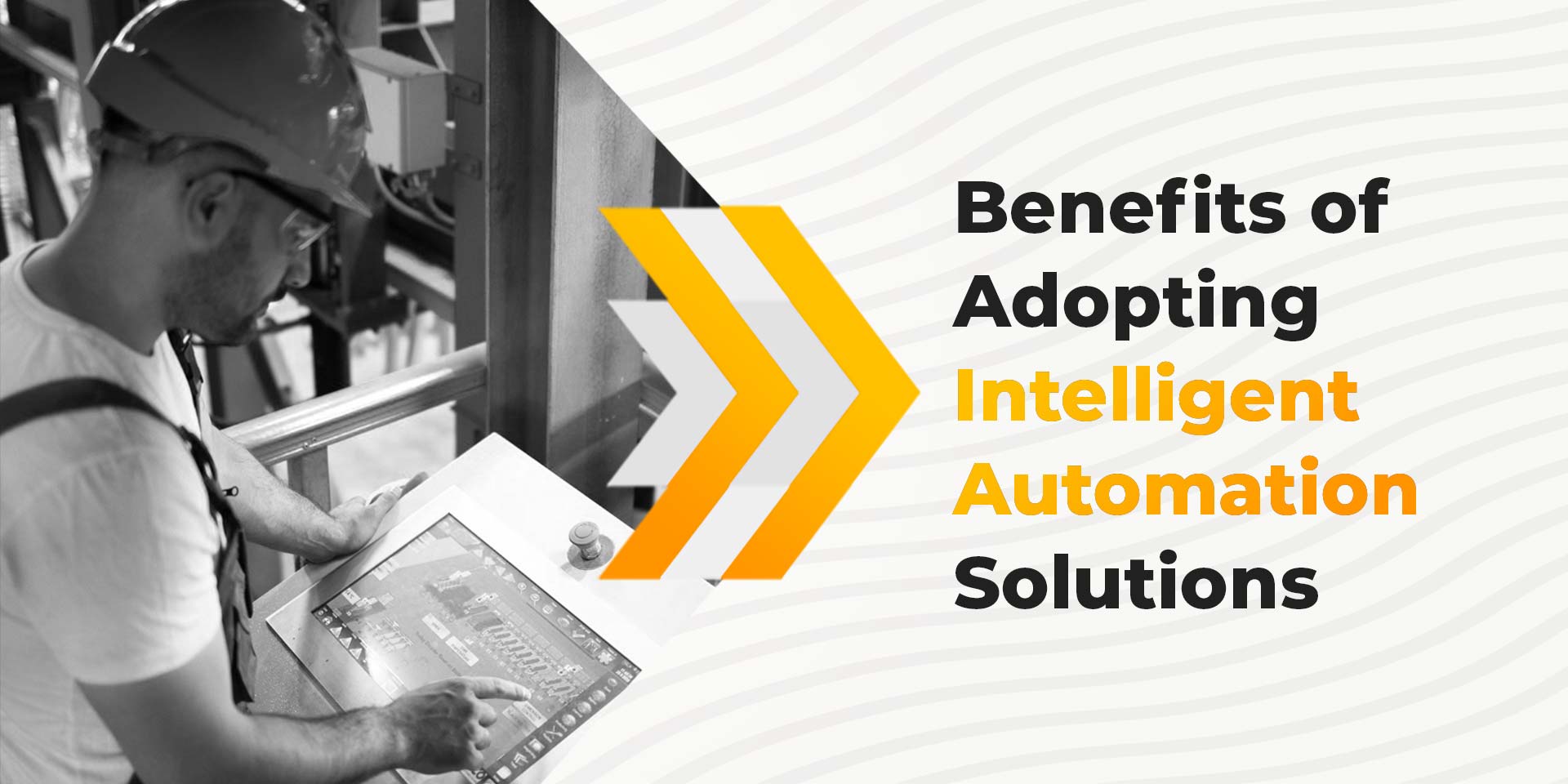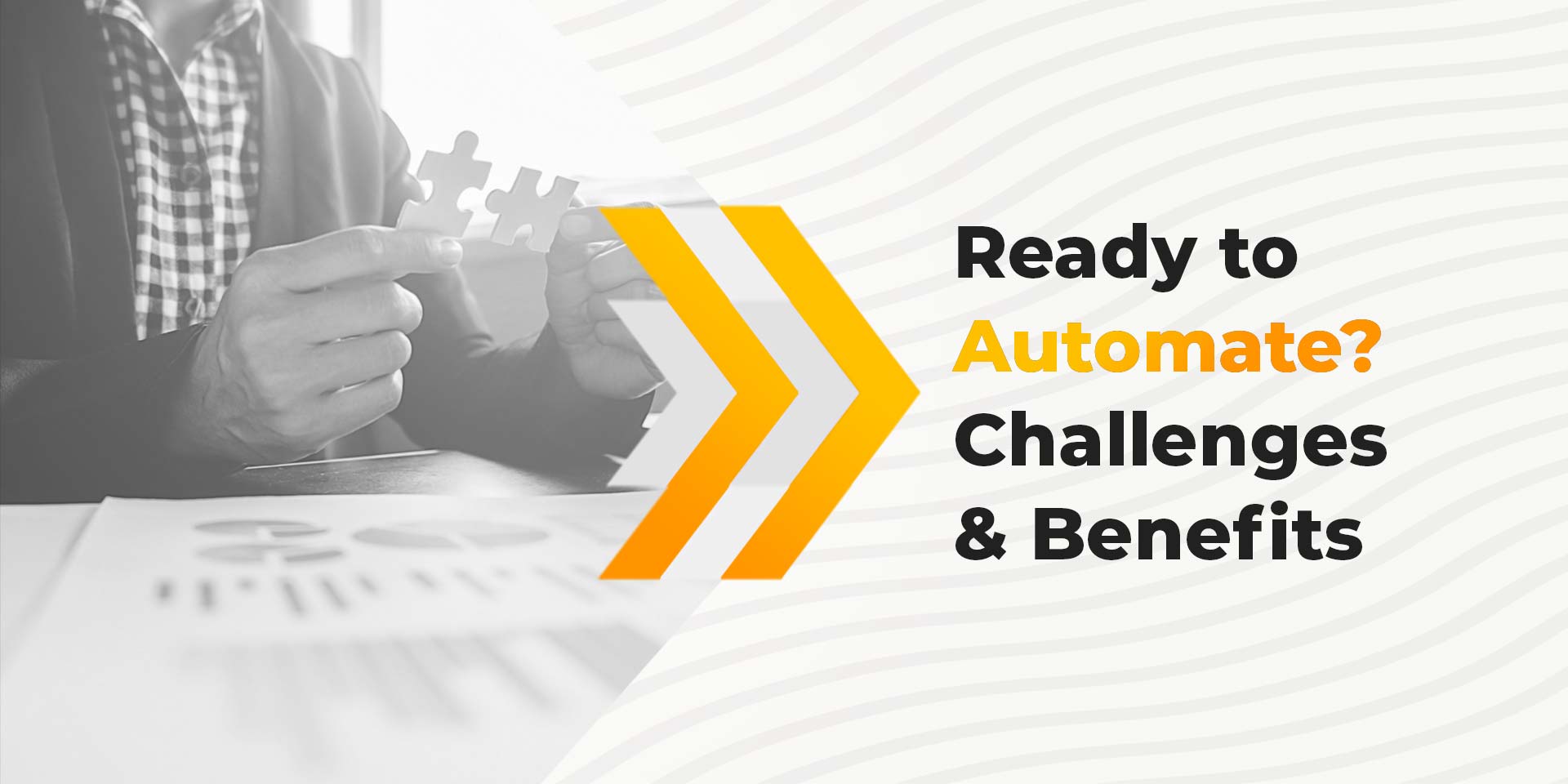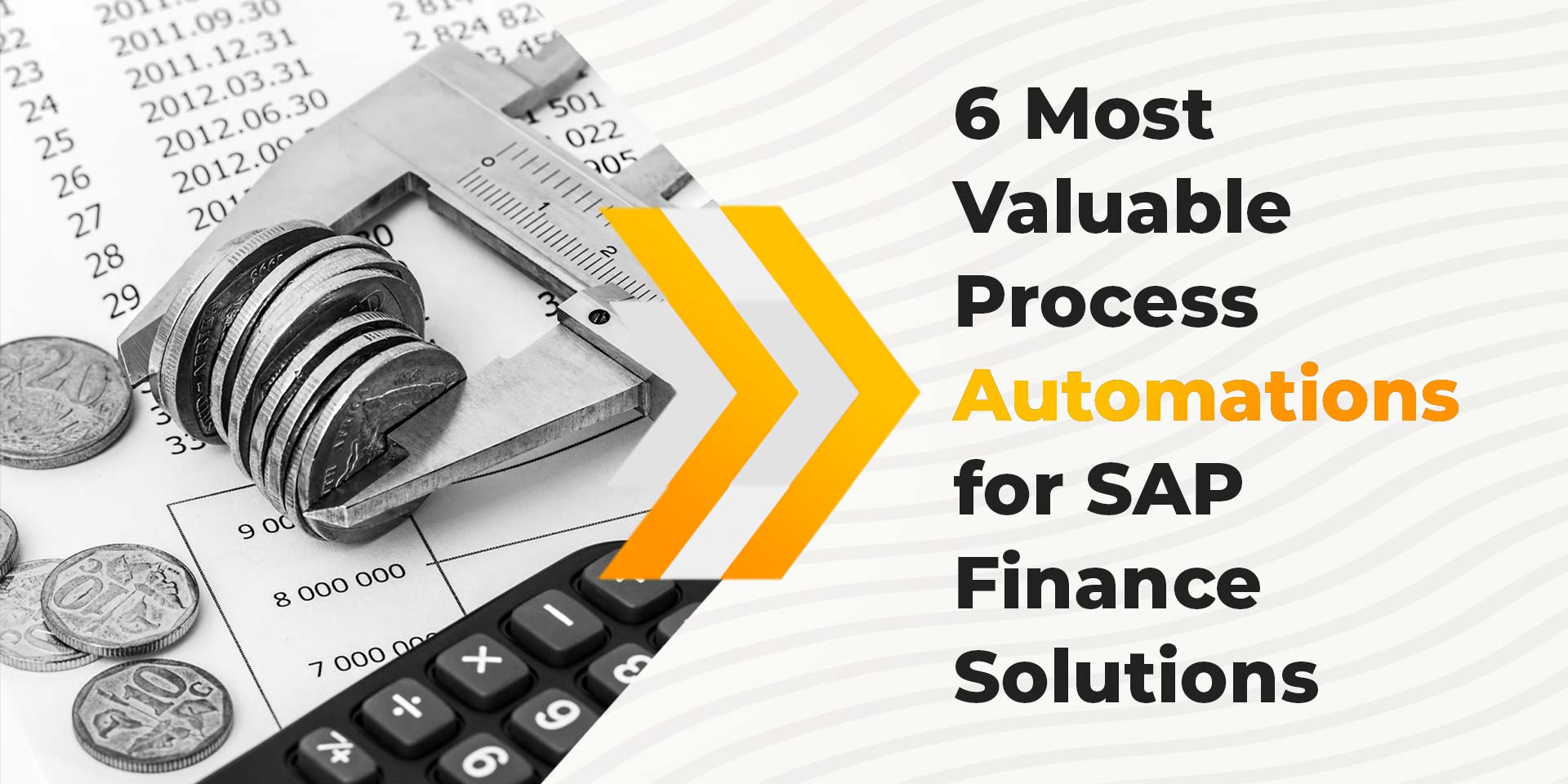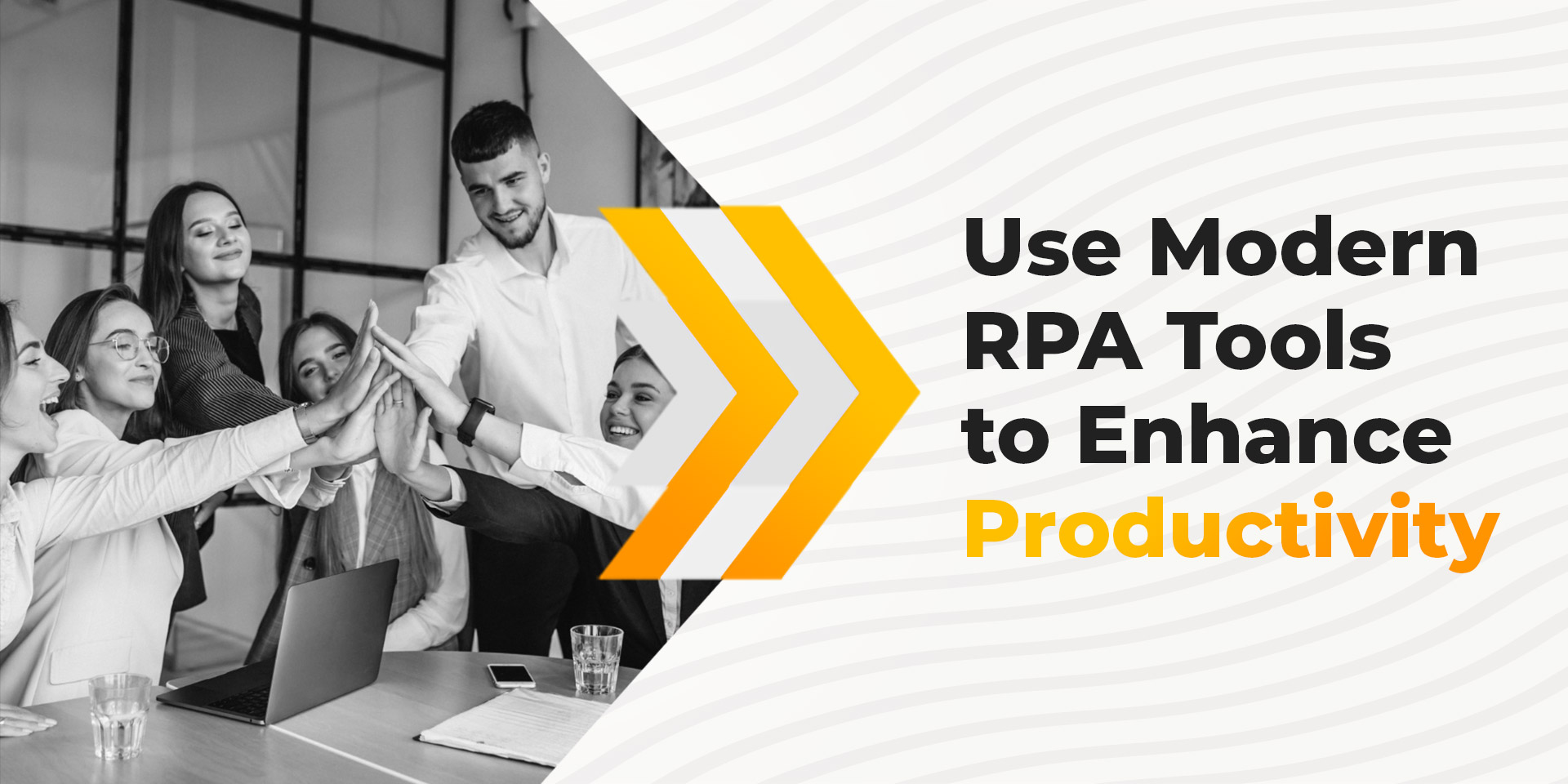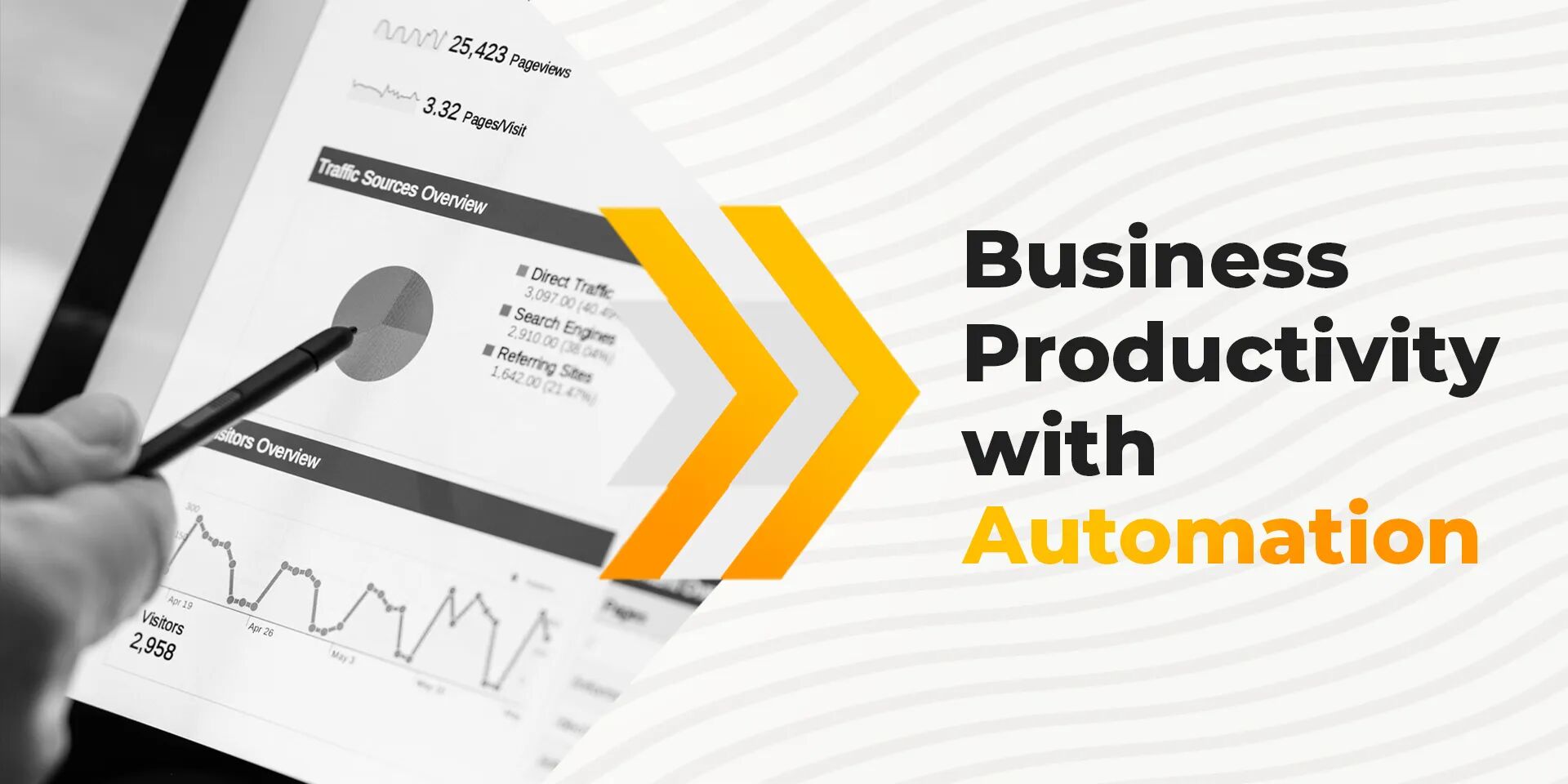Automation
Navigating RPA CoE- Strategies for Equipping Teams with Tech Proficiency


- Table of Contents
- Introduction
- The Core Pillars of RPA CoE
- Building a Proficient RPA CoE Team
- Steps to Set Up RPA CoE
- Conclusion
Introduction
In the ever-evolving world of business automation, organizations are increasingly realizing the importance of a strategic approach to implementing Robotic Process Automation (RPA) on a large scale. The Robotic Process Automation Market is poised to achieve an impressive growth rate of 42.90% CAGR by 2030.
This growth is primarily driven by the rising adoption of digital transformation initiatives and the need for efficient and cost-effective business operations. However, implementing RPA on a large scale necessitates a solution in the form of a Robotic Process Automation Center of Excellence (RPA CoE). This essential framework is designed to foster collaboration, drive innovation, and ensure the effective deployment of RPA technologies across an organization. Equipping RPA CoE teams with tech proficiency is key to achieving these goals.
The Imperative Role of RPA CoE
Establishing an RPA Center of Excellence is not just a strategic choice; it is imperative for organizations looking to harness the full potential of RPA. The CoE serves as a guiding force, ensuring that automation becomes an asset rather than a hassle.
The Core Pillars of RPA CoE
Organization: Ensuring Enterprise-wide Implementation
Implementing RPA requires a holistic approach, considering the entire enterprise context. The RPA CoE plays a pivotal role in defining internal and external roles and responsibilities, providing a structured foundation for RPA initiatives. This strategic placement allows the CoE to dictate the support structure needed for the successful implementation of RPA throughout the organization.
Governance: Establishing Standards and Policies
A robust governance framework is imperative for the success of any RPA initiative. The CoE takes charge of establishing clear standards, procedures, and policies, encompassing governing bodies, escalation paths, and segregation of duties. This not only ensures compliance with regulatory standards but also dictates task prioritization and access levels, aligning RPA activities with organizational objectives.
Technology: Architecting the Robotic Operating Environment
Selecting the right automation tools is a critical responsibility of the RPA CoE. Acting as the architects of the robotic operating environment, the CoE ensures the integration of RPA into essential areas such as IT Service Management and Configuration Management Database. Additionally, the CoE oversees the maintenance of these tools, ensuring they remain efficient and aligned with organizational goals.
Processes: Evaluating and Deploying Automation
The RPA CoE takes charge of evaluating automation opportunities and deploying RPA in stable, scalable, and secure environments. This strategic evaluation ensures that RPA is applied to processes that are conducive to enhancement through automation, maximizing its impact on organizational efficiency.
Operations: Managing Structural Changes
Successful RPA implementation often necessitates structural changes within an organization. The RPA CoE manages these changes, overseeing adjustments to job descriptions, operational change management, and ensuring the ongoing efficiency of automated processes.
Building a Proficient RPA CoE Team
Step 1: Building Skills and Capacity for RPA
The foundation of a successful RPA CoE lies in its team, known as the Robotic Operating Team. Key roles within this team include:
- RPA Sponsor: Identifies RPA as a strategic priority for the enterprise.
- RPA Champion: Drives RPA implementation and adoption across the organization.
- RPA Change Manager: Ensures smooth and scalable implementation of RPA within the organization.
- RPA Business Analyst: Serves as the process subject matter expert, creating process definitions and maps for automation.
- RPA Solution Architect: Defines the architecture of the RPA solution and oversees its implementation.
- RPA Developer: Designs, develops, tests, and supports the implementation of the RPA solution.
- RPA Infrastructure Engineer: Manages infrastructure support for server installation and troubleshooting.
- RPA Supervisor: Orchestrates and controls the digital workforce in the operational environment.
- RPA Service Support: Acts as the first line of assistance for the deployed RPA solution.
Step 2: Articulating an Effective Governance Model
A well-defined governance process is crucial for assessing RPA opportunities and prioritizing automation activities. This process establishes templates and guidelines for assessment, design, development, deployment, demand pipeline, and change management. By assigning roles and fostering collaboration between business, IT, and compliance teams, the governance process facilitates effective decision-making and risk mitigation.
Step 3: Enable CoE and Prepare for Scale-up
To position the CoE for long-term success, organizations should:
Steps to Set Up RPA CoE
Step 1: Select a Cross-Functional Team for CoE
Assembling a diverse team with representation from different functional areas is crucial for the success of the CoE.
Step 2: Define Team Structure and Governance Framework
Building a governance framework with operational guidelines, best practices, change management, and release management guidelines is essential for the smooth functioning of the CoE.
StepStep 3: Define Responsibilities for RPA CoE Team Members
Assigning responsibilities to team members ensures transparency and effective communication, setting expectations for each member.
Step 4: Design Your Automation Roadmap
Reviewing current processes, shortlisting candidates for automation, and answering critical questions about goals, tools, and ROI contribute to a well-formed automation roadmap.
Step 5: Launch Your RPA CoE
Rolling out the CoE involves starting with small, achievable goals and progressively scaling up. Continuous review and refinement are key to long-term success.
Conclusion
Establishing an effective RPA CoE can significantly increase the success and scalability of RPA implementation within an organization. By equipping the CoE with the right cross-functional team, governance framework, and automation roadmap, organizations can achieve the full potential of RPA. Additionally, CoEs should continuously explore opportunities for hyper-automation to further optimize processes and drive business growth. With the right approach and mindset, a CoE can lead an organization into a future of streamlined operations and increased efficiency.

























